Symbiotic relationships in nature showcase how different species rely on each other for survival, growth, and protection. These partnerships often seem unusual but offer mutual benefits that help ecosystems thrive. Whether it’s ants protecting aphids, fish cleaning larger marine animals, or plants forming alliances with fungi, these connections highlight the intricate balance of life on Earth. In this article, we explore some of the most fascinating and lesser-known symbiotic relationships found in the wild, revealing the complexity of nature’s partnerships. Each example illustrates how cooperation helps species adapt and flourish in their environments.
Ants and Aphids
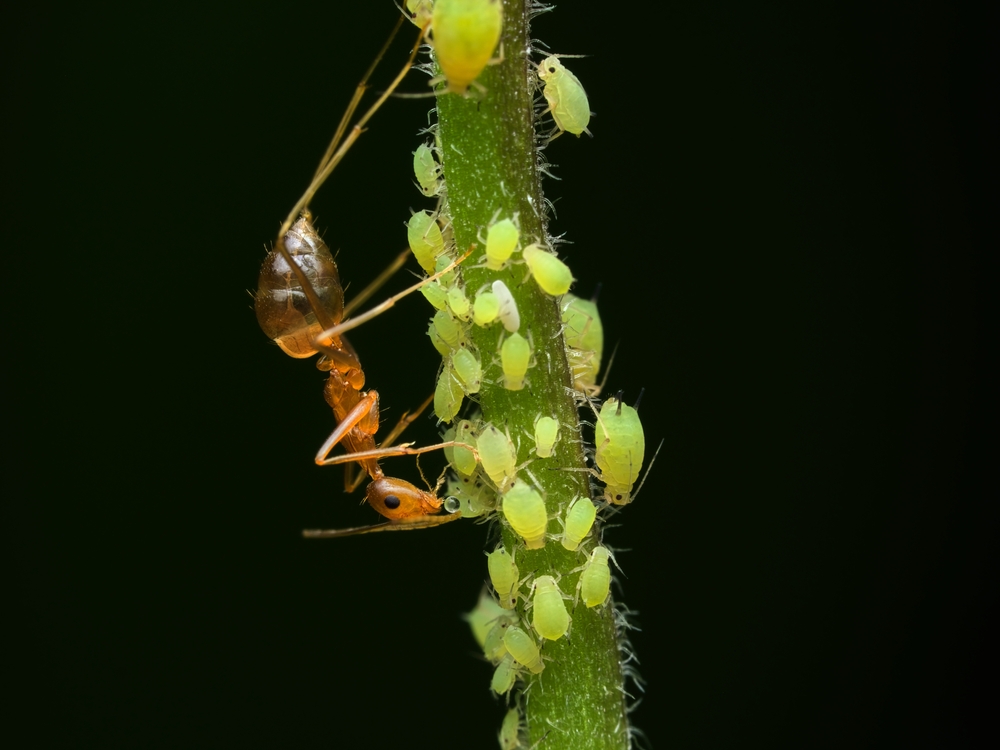
Ants and aphids form a fascinating mutualistic relationship that benefits both species in several ways. Aphids secrete a sugary liquid called honeydew, which ants eagerly consume. In return, ants offer protection to aphids by warding off predators, such as ladybugs, ensuring the aphids’ survival. Some ants even move aphids to better feeding locations on plants and protect them from the elements by creating shelters around them. This relationship helps ants maintain a reliable food source, while aphids gain extended protection and assistance in thriving. The ants may even “milk” the aphids by stroking them with their antennae to stimulate honeydew production.
Clownfish and Sea Anemones
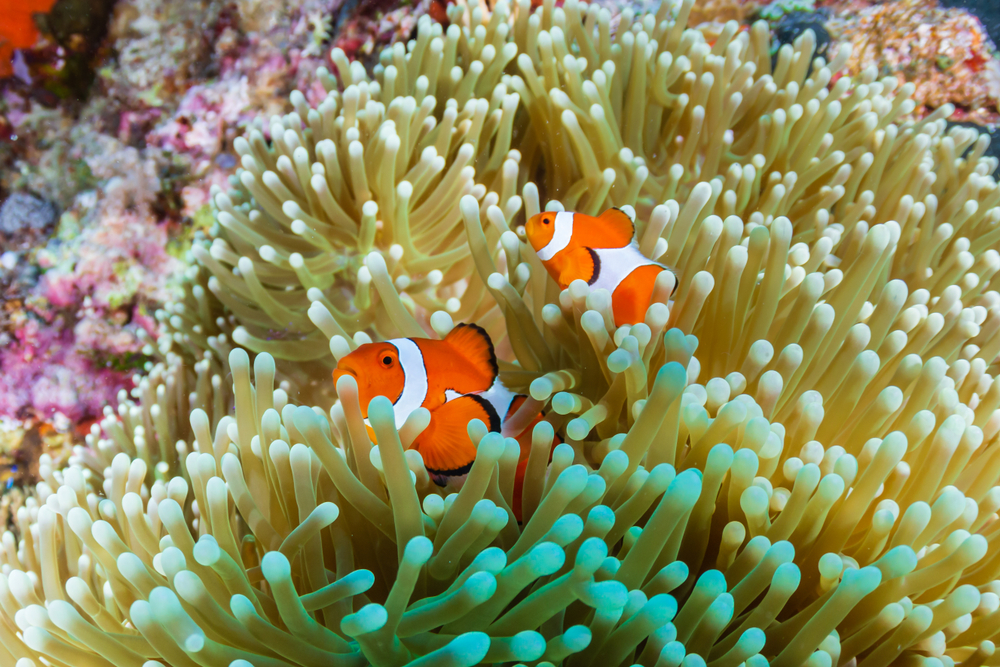
The relationship between clownfish (Amphiprioninae) and sea anemones is one of the best-known examples of mutualism. Clownfish find protection among the stinging tentacles of sea anemones, as they are immune to the anemone’s toxins. In return, clownfish provide various benefits to the anemones, including keeping them clean by eating debris and parasites. They also drive away predators that threaten the anemones. Interestingly, the movements of the clownfish improve water circulation around the anemone, which helps it breathe and absorb nutrients. Additionally, its bright colors can attract potential prey to the anemone’s tentacles.
Oxpeckers and Large Mammals
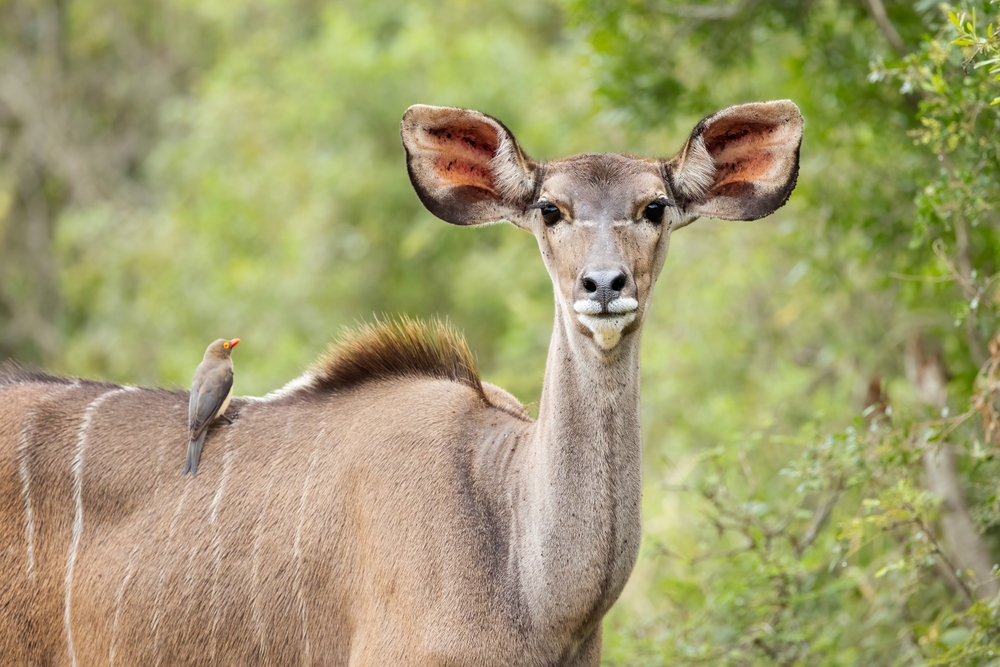
Oxpeckers, such as the red-billed oxpecker (Buphagus erythrorhynchus), form a symbiotic relationship with large mammals like giraffes, buffalo, and zebras. These small birds perch on the mammals’ backs, feeding on ticks, dead skin, and parasites. The large animals benefit by having fewer pests, which can lead to infections or diseases if left unchecked. In turn, the oxpeckers receive a steady supply of food and a relatively safe place to perch. Additionally, they serve as an early warning system for the mammals by alerting them to potential dangers with loud calls. However, the relationship is not always entirely mutual, as oxpeckers sometimes peck at wounds, causing discomfort to the animals. Despite this, the benefits generally outweigh the harm, particularly in areas with high parasite loads.
Mycorrhizal Fungi and Plant Roots
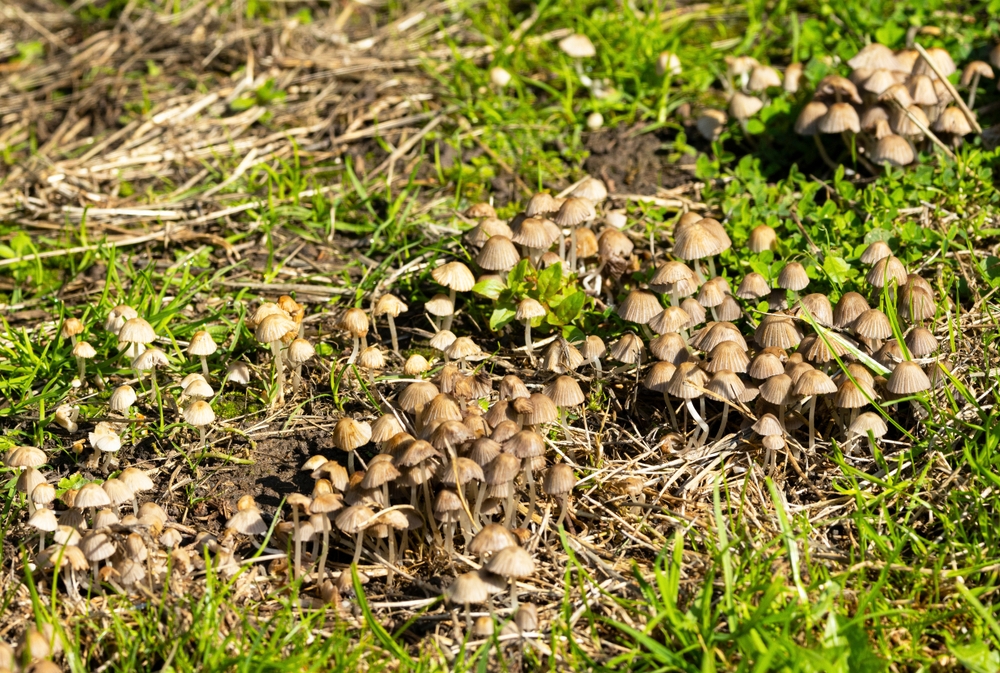
Mycorrhizal fungi form an essential mutualistic relationship with the roots of plants, including many trees and crops. They colonize plant roots, extending far into the soil with their mycelium network. In return for carbohydrates produced by the plant through photosynthesis, they help the plant absorb water and essential nutrients, particularly phosphorus. This relationship enhances its growth, resistance to diseases, and ability to thrive in nutrient-poor soils. Additionally, they benefit from a steady supply of sugars and a stable environment provided by the plant. This symbiosis is critical for many ecosystems, as it improves soil health and nutrient cycling, creating a sustainable environment for both species. Furthermore, certain plants rely entirely on mycorrhizal fungi to survive, underscoring the deep interdependence in this relationship.
Cleaner Fish and Reef Fish
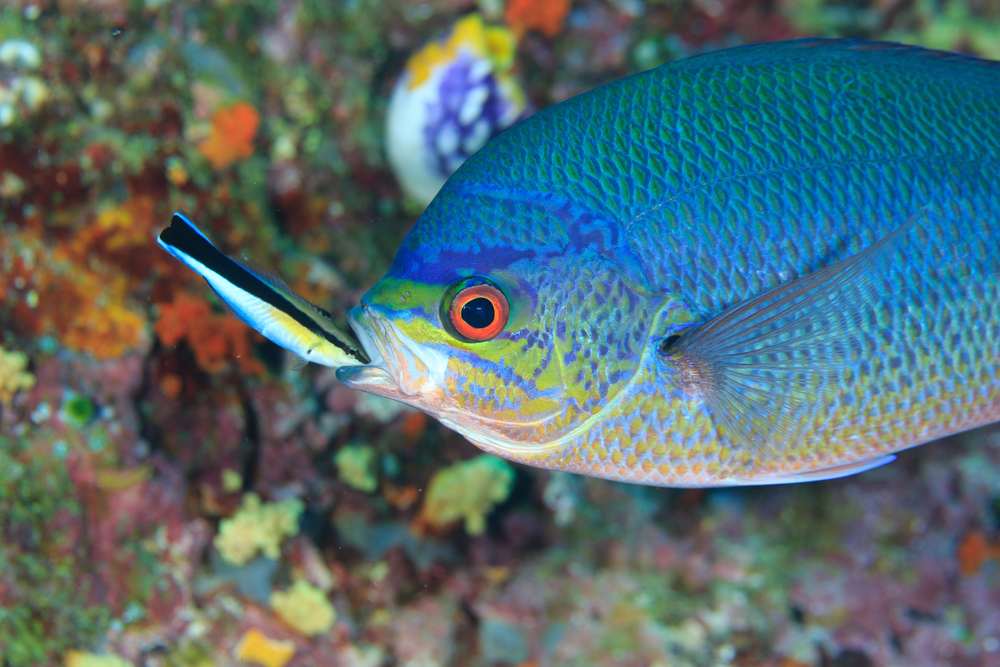
Cleaner fish, such as the cleaner wrasse (Labroides dimidiatus), form mutualistic partnerships with larger reef fish, including groupers and parrotfish. They feed on parasites, dead skin, and mucus found on the larger fish’s bodies, keeping them healthy and free from infections. In return, the cleaner fish gain a reliable food source and protection from predators while performing their cleaning duties. This relationship is so crucial that fish waiting to be cleaned will often line up at “cleaning stations,” signaling to the cleaner fish to begin their work. Interestingly, they sometimes exploit the relationship by consuming the protective mucus layer of the larger fish, which can be harmful.
Coyote and Badger Hunting Alliance
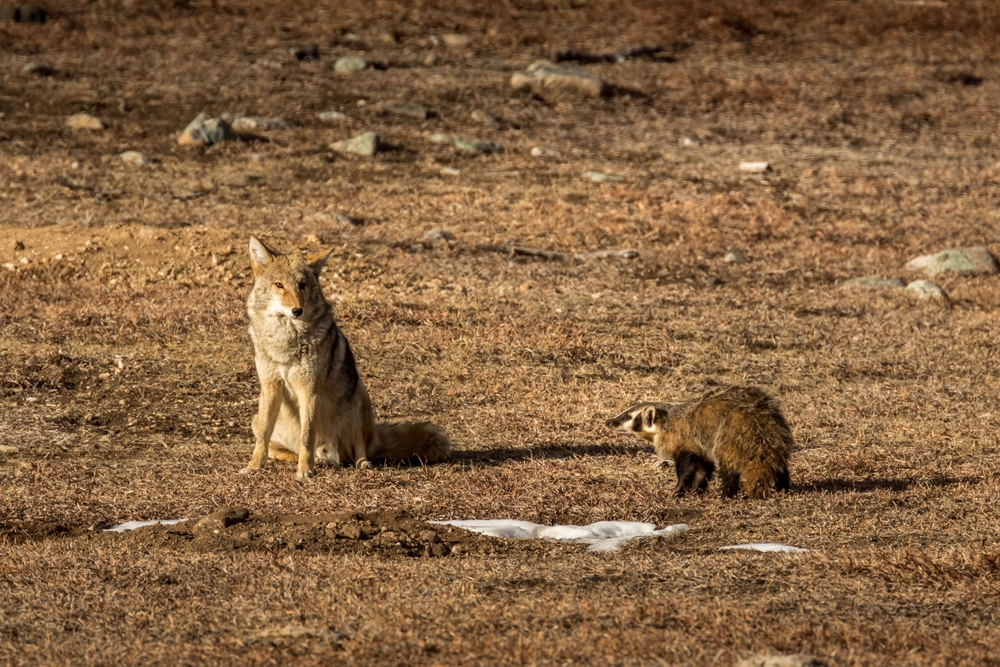
Coyotes (Canis latrans) and badgers (Taxidea taxus) are often seen hunting together, forming a mutualistic relationship that benefits both predators. While coyotes are swift runners, capable of chasing down prey like rodents and small mammals, badgers excel at digging into burrows where prey might hide. By teaming up, they increase their chances of capturing food. If prey escapes into a burrow, the badger digs it out, while the coyote stands guard, ready to catch any fleeing animal. Both species share the spoils of the hunt, ensuring they each benefit from their combined efforts. This partnership also allows them to conserve energy compared to hunting alone. Interestingly, research has shown that this alliance is more effective during certain seasons when prey is more abundant, showcasing the animals’ ability to adapt their strategies based on environmental conditions.
Lichen (Fungi and Algae)
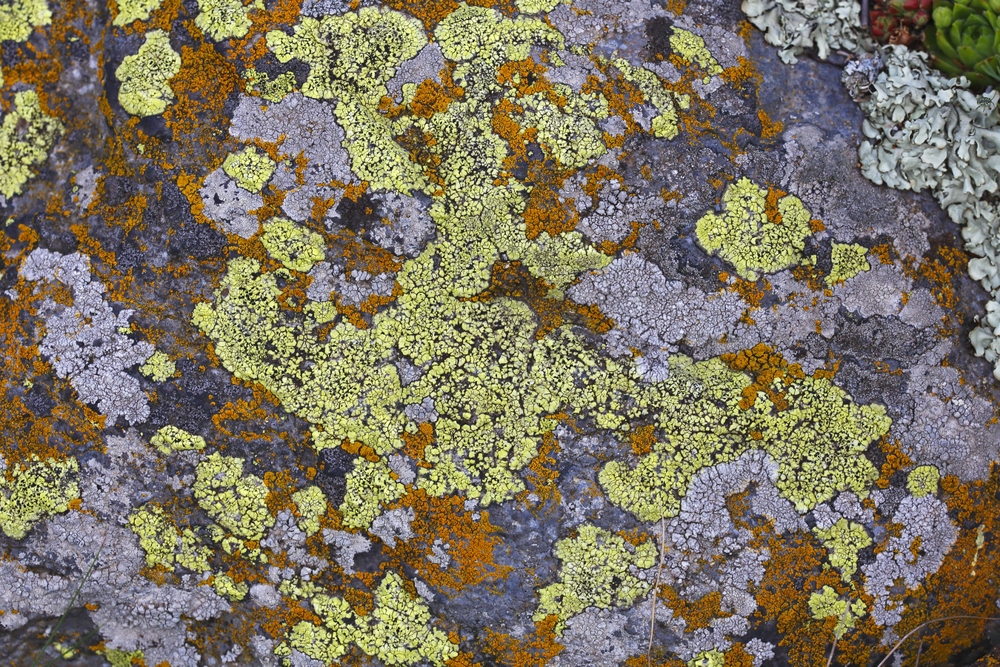
Lichen represents a classic example of mutualism, involving fungi and photosynthetic algae or cyanobacteria. In this relationship, the fungus provides a stable structure and protection from environmental stress, while the algae or cyanobacteria carry out photosynthesis, producing food for both organisms. This partnership allows lichen to thrive in extreme environments, from the Arctic tundra to desert regions. The algae benefit from the protection and moisture retention offered by the fungus, enabling them to survive in otherwise inhospitable conditions. Lichen plays a crucial role in ecosystems by contributing to soil formation and nutrient cycling. Additionally, they are highly sensitive to air pollution, making them important bioindicators of environmental health. Certain species of lichen have even been used in traditional medicine and dyes, underscoring their importance beyond ecological functions.
Mongoose and Warthog
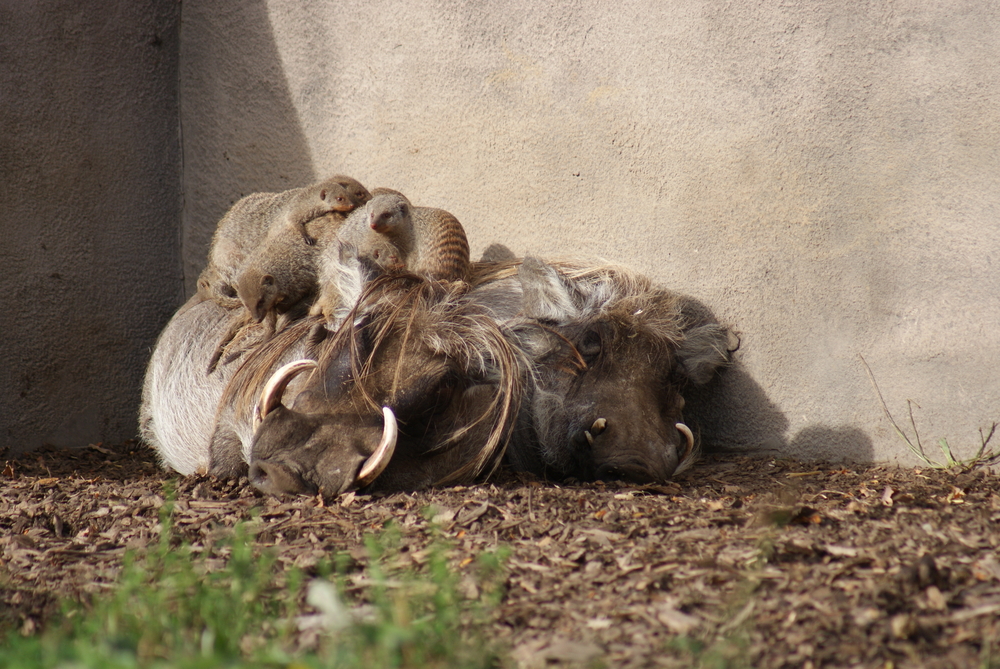
Warthogs (Phacochoerus africanus) and mongooses form a mutualistic relationship that benefits both species. Mongooses feed on ticks and parasites that infest the warthog’s skin, relieving the warthogs from constant itching and the risk of infections. In return, they receive a free and reliable food source without the need to hunt for prey. This relationship has been observed where warthogs actively seek out the presence of mongooses, even lying down to allow the small mammals to groom them. In some cases, warthogs will visit known areas where mongooses gather, signaling their readiness for a “cleaning session.”
Coral and Zooxanthellae
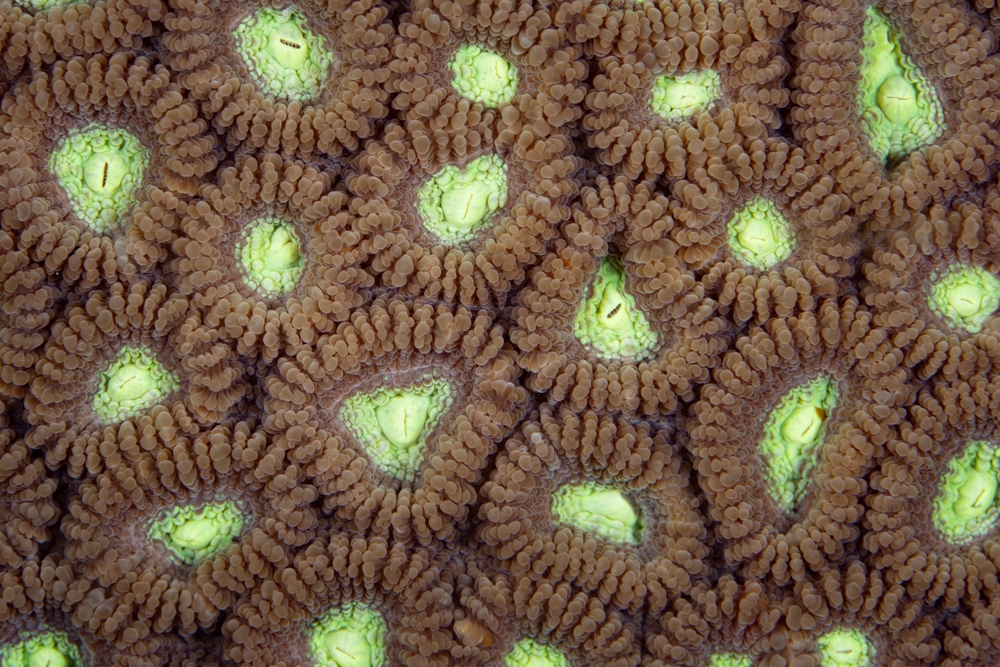
Corals and zooxanthellae algae share a crucial mutualistic relationship in marine ecosystems, particularly in coral reefs. The algae live inside coral polyps, performing photosynthesis and producing nutrients such as sugars, which the coral uses for energy. In return, the coral provides the algae with shelter and access to sunlight, which is necessary for photosynthesis. This relationship is the foundation of coral reef ecosystems, as it allows the coral to grow and build large reef structures that support a wide variety of marine life. However, when ocean temperatures rise, corals may expel the zooxanthellae, leading to coral bleaching, which can be fatal if prolonged. The health of coral reefs is heavily dependent on this delicate symbiotic relationship, making it vital for the survival of many marine species. Additionally, the oxygen produced by the algae supports other organisms within the reef system.
Leafcutter Ants and Fungi
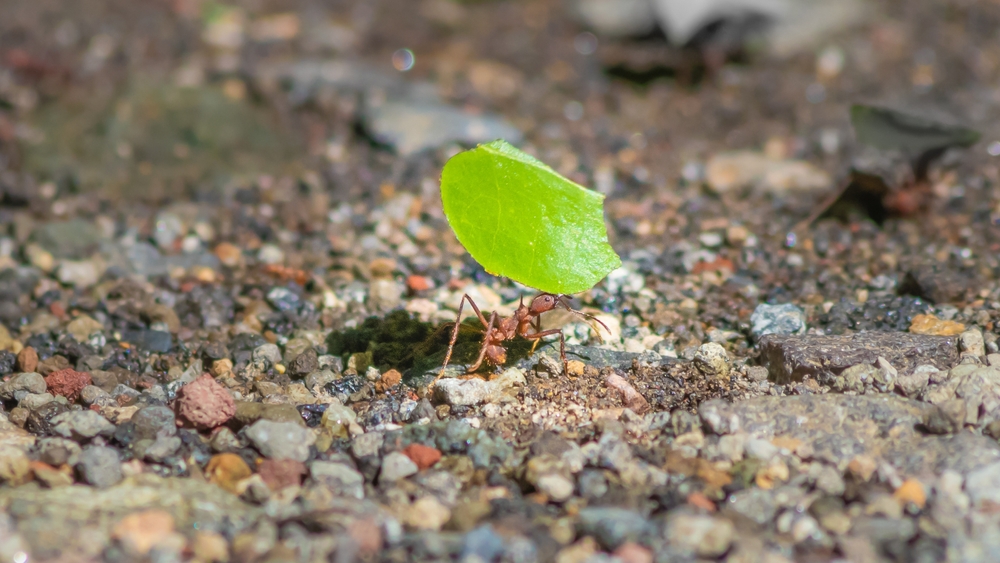
Leafcutter ants (Atta spp.) and the fungi they cultivate have a fascinating symbiotic relationship that sustains entire ant colonies. The ants collect leaves and bring them back to their underground nests, where they use the leaves to cultivate a specific type of fungus. This fungus serves as the primary food source for the ant colony, as the ants are unable to digest the leaves directly. In return, the fungus relies on the ants to provide it with a constant supply of fresh plant material. This mutualistic relationship allows both species to thrive, with the ants acting as “farmers” for their fungal crops. The relationship is so specialized that certain ant species have developed enzyme-rich saliva that helps break down the plant material for the fungi. The fungus also produces compounds that protect the ants from harmful pathogens, further reinforcing their mutual dependence.
Goby Fish and Shrimp
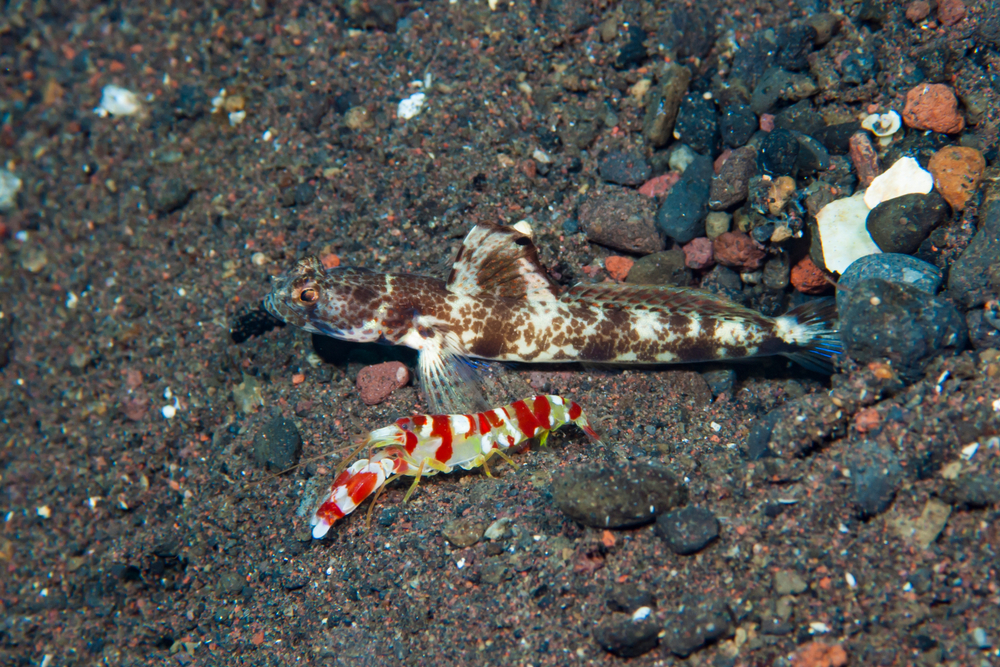
The relationship between goby fish and shrimp is a well-known example of mutualism in marine environments. Shrimp, such as the pistol shrimp (Alpheus spp.), dig and maintain burrows in the sand, providing a safe home for both the shrimp and the goby fish (Gobiidae). In return, the goby fish acts as a lookout, using its keen eyesight to warn the shrimp of approaching predators. The shrimp, which has poor vision, relies on the goby to sense danger while they work together to maintain their shared burrow. The fish often keeps physical contact with the shrimp using its tail or fin, signaling when it is safe to continue working.
Acacia Trees and Ants
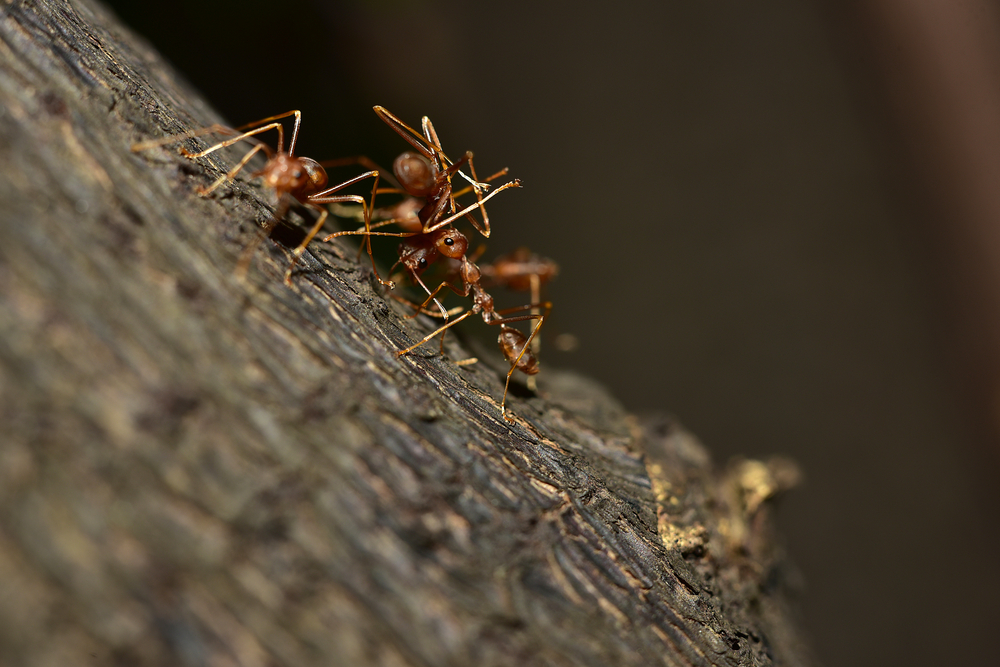
Acacia trees (Acacia spp.) and ants have developed a mutually beneficial relationship that serves both organisms in tropical and subtropical regions. The acacia tree provides shelter for ants by offering hollow thorns, and it also produces nectar, which the ants feed on. In return, the ants fiercely protect the tree from herbivores, such as insects and grazing animals, by attacking any intruders that attempt to eat the leaves. This defense system allows the tree to flourish without the constant threat of being eaten. The ants also remove competing plants around the base of the acacia, ensuring the tree has access to sufficient sunlight and nutrients. This highly specialized relationship has evolved over time, with certain acacia species relying entirely on ants for survival. Furthermore, some ant species have developed an aggressive nature specifically tailored to defending their acacia hosts, showing how closely intertwined their lives have become.
Hermit Crabs and Sea Anemones
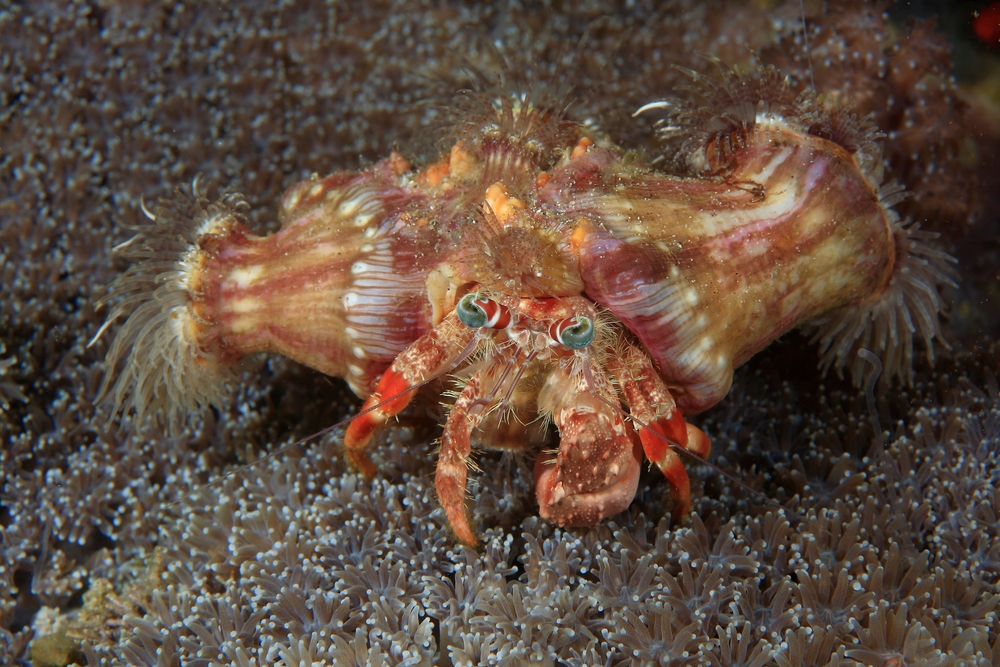
Hermit crabs and sea anemones form a unique commensalistic relationship that benefits both species. Hermit crabs often carry sea anemones on their shells, which provide the crabs with additional protection from predators. The anemones’ stinging tentacles deter potential threats from approaching the crab. In return, the anemones benefit from the mobility of the hermit crab, which allows them to access more food particles in various locations. This relationship allows both organisms to thrive in environments where competition for food and protection is fierce. Additionally, some hermit crabs will actively transfer anemones from one shell to another when they change homes, ensuring the continuation of this partnership.
This article originally appeared on Rarest.org.
More from Rarest.org
9 Coveted Art Deco Furniture Pieces That Fetch Top Dollar

Art Deco furniture remains one of the most coveted styles for collectors and design enthusiasts, known for its luxurious materials, sleek lines, and bold geometric shapes. These iconic pieces, often created by master craftsmen, continue to fetch top dollar at auctions due to their rarity and timeless appeal. Read More.
10 Oldest Bars that Ever Existed in America

Some of America’s oldest bars have been serving drinks for centuries, surviving wars, revolutions, and cultural shifts. These historic establishments have become landmarks, offering more than just a drink—they offer a glimpse into the past. Read More.
15 Tech Gadgets That Were Phased Out but Left a Legacy

Many tech gadgets that were once groundbreaking have since been replaced by newer innovations. However, some of these phased-out devices left an enduring legacy, influencing the development of future technology. Read More.
